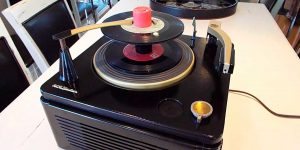For sure, you know what an RCA connector looks like. And you probably noticed that the same connector is sometimes called phono or RCA phono. This brings us to the common question in the audio equipment world: phono cable vs. RCA – are all these names indicating the same thing? Actually, there is a bit of a difference between the two, which we will explore in this article.
The origins of the phono connector
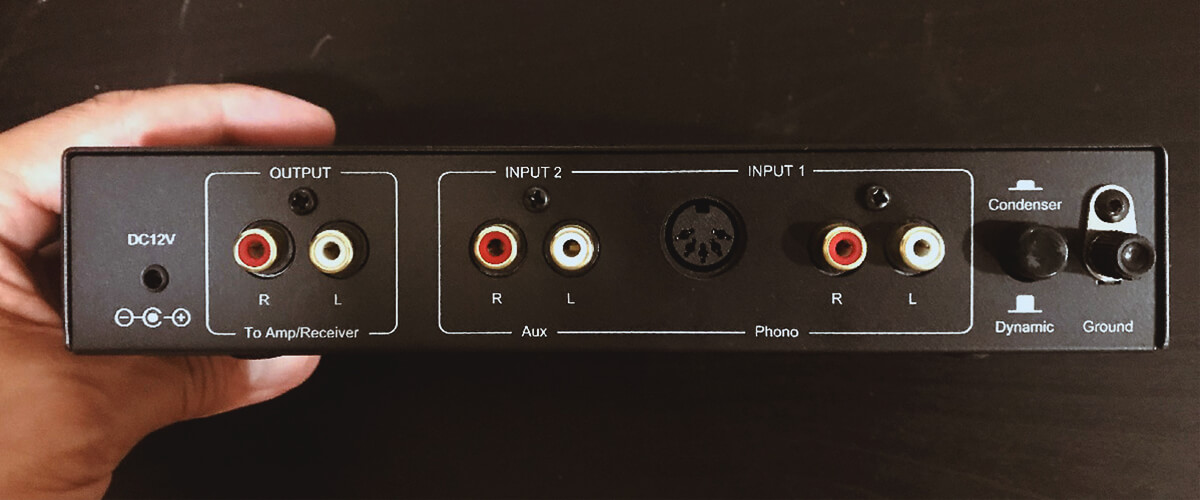
Phono is an abbreviation for ‘phonograph’. It is a type of connector used in the early days of sound recording to connect a phonograph to a radio that served as an amplifier at that time. It is now commonly used for connecting a turntable to a phono stage. The phono connector consists of a male and female plug, each with two metal contacts. It aims to provide a low-impedance connection between devices to carry an analog audio signal. As far as it has only two contacts, you will need two connectors and cables to make a stereo connection.
The RCA connector
The RCA connector got its name from the Radio Corporation of America and its subsidiary RCA Victor which produced turntables Victrola and also ran the record label (these brands still exist nowadays, although they outlived the corporation itself). The connector was essentially a phono connector used to interconnect a record player and a radio when they did not constitute a single device. So, those who considered RCA and phono to be one and the same were not mistaken then.
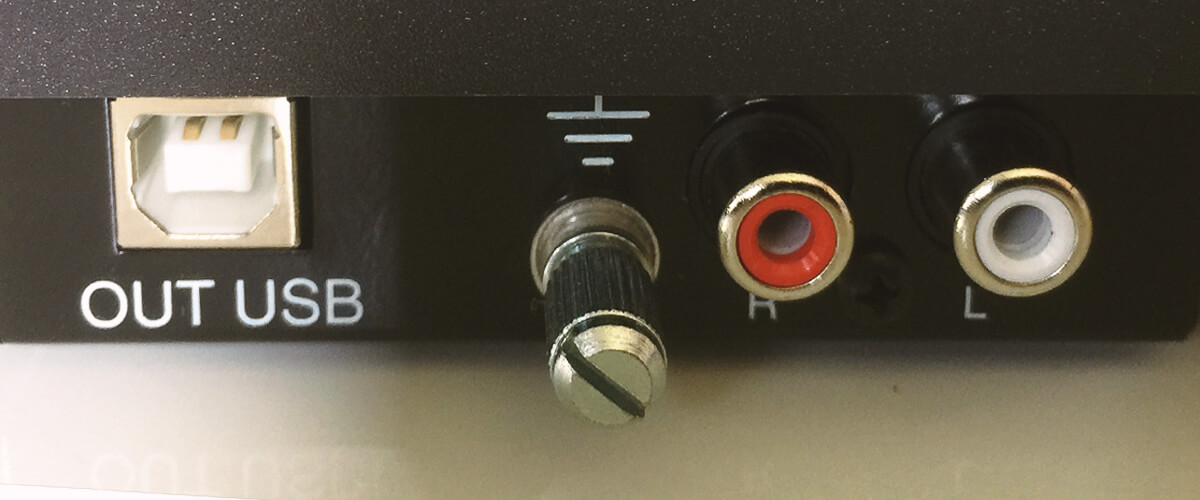
Is there any difference in using the names RCA and phono now?
RCA and phono are still largely interchangeable terms when it comes to the connector design. However, as technology advanced, the usage of RCA connectors expanded to include a wider array of devices, such as TVs, VCRs, DVD players, and more. These days, an RCA connector might not exclusively refer to the connection for a turntable to an amplifier but to any device using an RCA connection.
Differences between RCA and phono cables
While the terms RCA and phono were once synonymous, the modern difference between RCA and phono often comes down to their specific applications in the audio and video world. The phono inputs, outputs, and cables are now specifically designed for analog audio applications. They facilitate a low-impedance connection that is essential for preserving the quality of an analog audio signal, particularly when connecting turntables to amplifiers or phono preamps.
On the other hand, RCA connectors have become more generalized, finding applications beyond the realm of audio. RCA is now utilized for composite video and S/PDIF digital audio, serving as an important connector in various multimedia setups. It’s important to be aware of the specifications of your equipment to ensure that you are using the connectors for their intended purposes.
Although both types of cables may feature RCA connectors at both ends, the cables themselves can have varying impedance levels. Cables with a 75 Ohm impedance are the standard for composite video, while high-quality cables intended for connecting a tonearm to a phono preamp can feature an impedance as low as 10 Ohm. Interchanging cables marked ‘Phono’ and ‘RCA’ freely in certain applications could potentially compromise the quality of your sound setup.
To sum up, the name phono presently stands for the inputs, outputs, and audio cables used for analog audio. And they are all equipped with RCA connectors. But you can find the name RCA on cables and input/outputs designed to carry different kinds of signals. And if you talk about such things using the name phono, you will be wrong.
So, are RCA and phono the same thing? In terms of connector type, they are, but different in other ways. Make sure you’re using cables with such connectors according to their purposes to avoid any issues with quality.
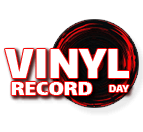
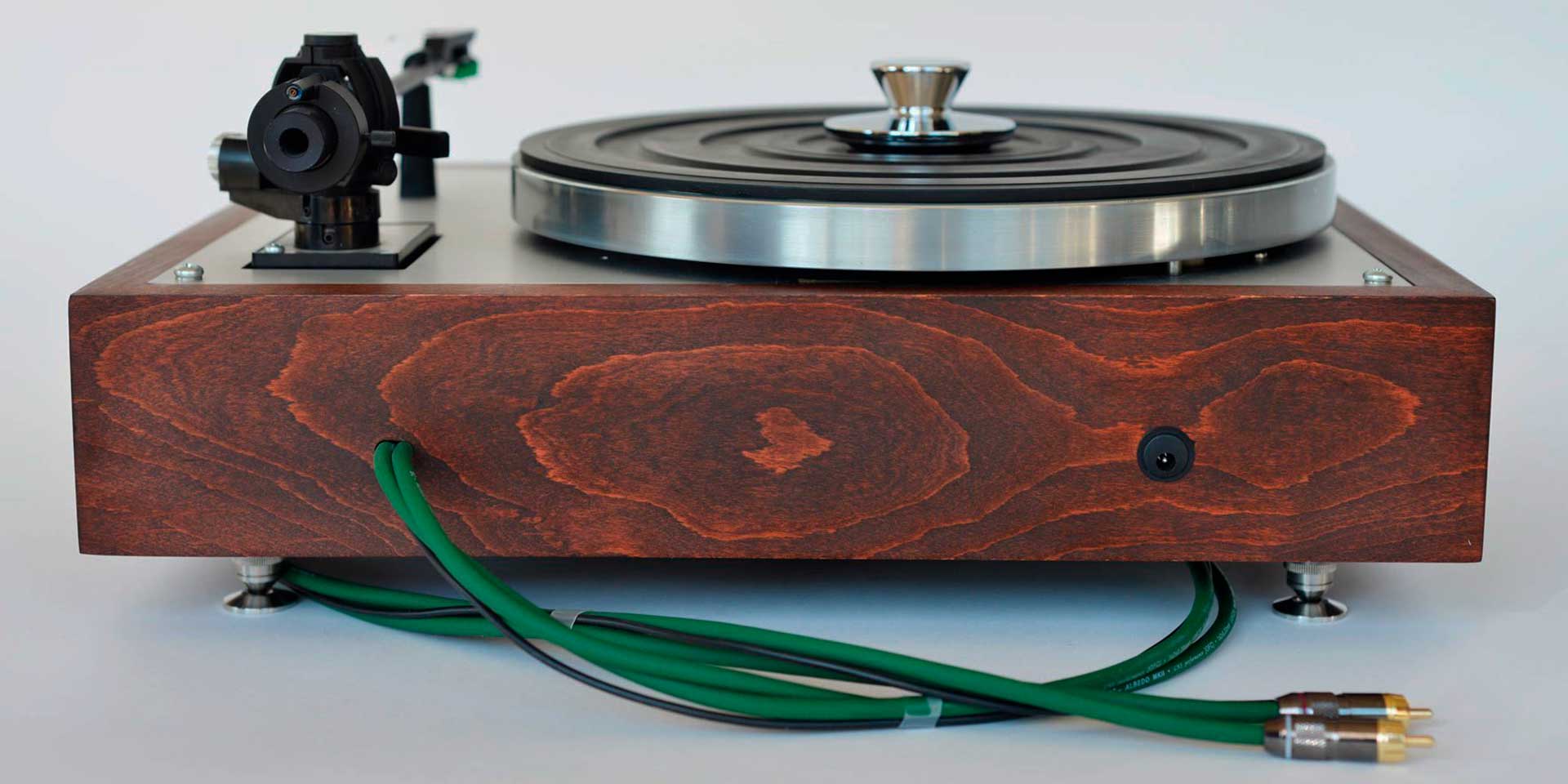
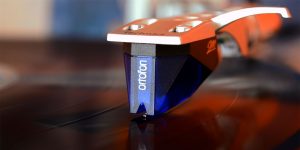

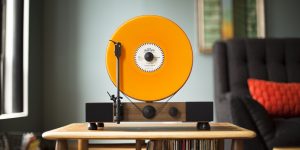
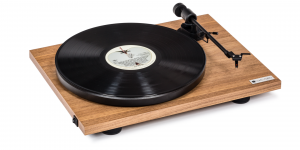
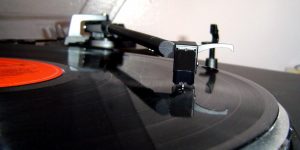
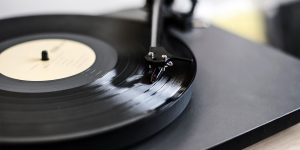
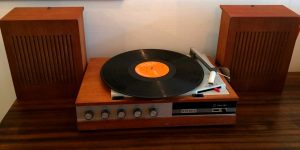
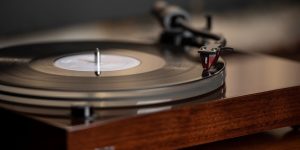

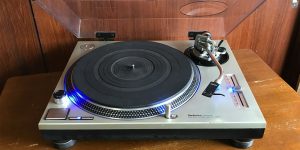
![Connect a Turntable to Your Wireless Bluetooth Speakers [Easy Guide]](https://www.vinylrecordday.org/wp-content/uploads/2021/12/tuntable-and-sonos-speaker-300x150.jpg)
